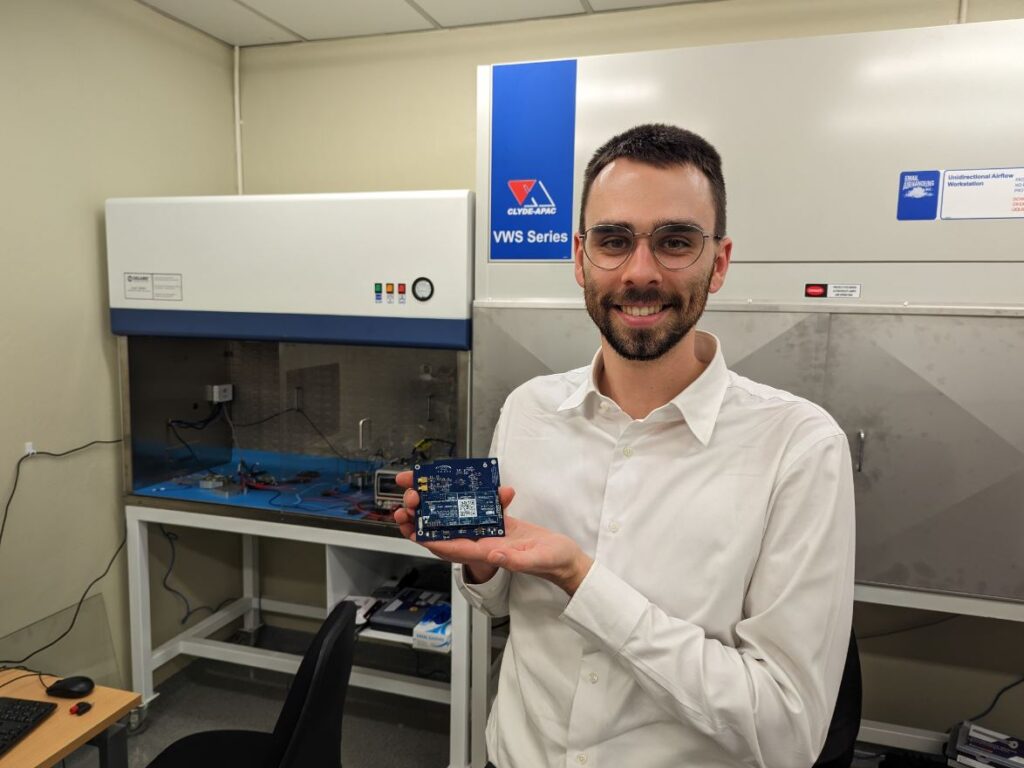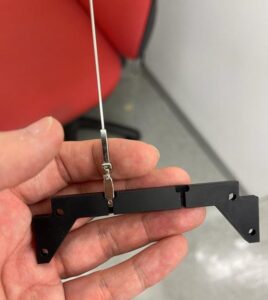CUAVA has reached a major milestone in our mission to launch CUAVA-2 in early 2024. We are thrilled to announce that we have received all partner payloads, including the delivery of the Electron Density and Debris Instrument (EDDI).
The EDDI payload is an impressive piece of technology, designed at the School of Physics, University of Sydney, led by Quinn Musulin, Iver Cairns, Joe Khachan, and Philip Leong. The primary purpose of the EDDI instrument is to measure Earth’s ionospheric plasma density and temperature. It is also designed to detect sub-mm particle impacts on a satellite’s body. To accomplish this, the instrument continuously measures the electric field spectrum around the satellite using a dipole antenna connected to a custom-built PCB for signal amplification and processing.







